Daunte Wright case: How seemingly minor traffic stops can turn deadly
Kim Potter is charged with first- and second-degree manslaughter.
The trial of former Brooklyn Center, Minnesota officer Kim Potter in the fatal shooting of Daunte Wright has cast a renewed spotlight on traffic stops, like the one at the center of the case, and their potential to escalate.
Nationwide, police pull over more than 50,000 drivers on average each day, amounting to more than 20 million motorists annually, according to the Stanford Open Policing Project.
Even though civilians are killed in just a fraction of the cases, law enforcement researchers and experts say traffic stops can quickly turn into high-intensity, potentially fatal encounters because of the unknowns involved -- who the drivers and passengers are, what weapons they may have or what they're thinking, putting officers on the defensive before they even approach the vehicle.
In the last five years, police have killed more than 400 people during traffic stops “who were not wielding a gun or a knife, or under pursuit for a violent crime," according to a New York Times investigation. That's more than one person a week.
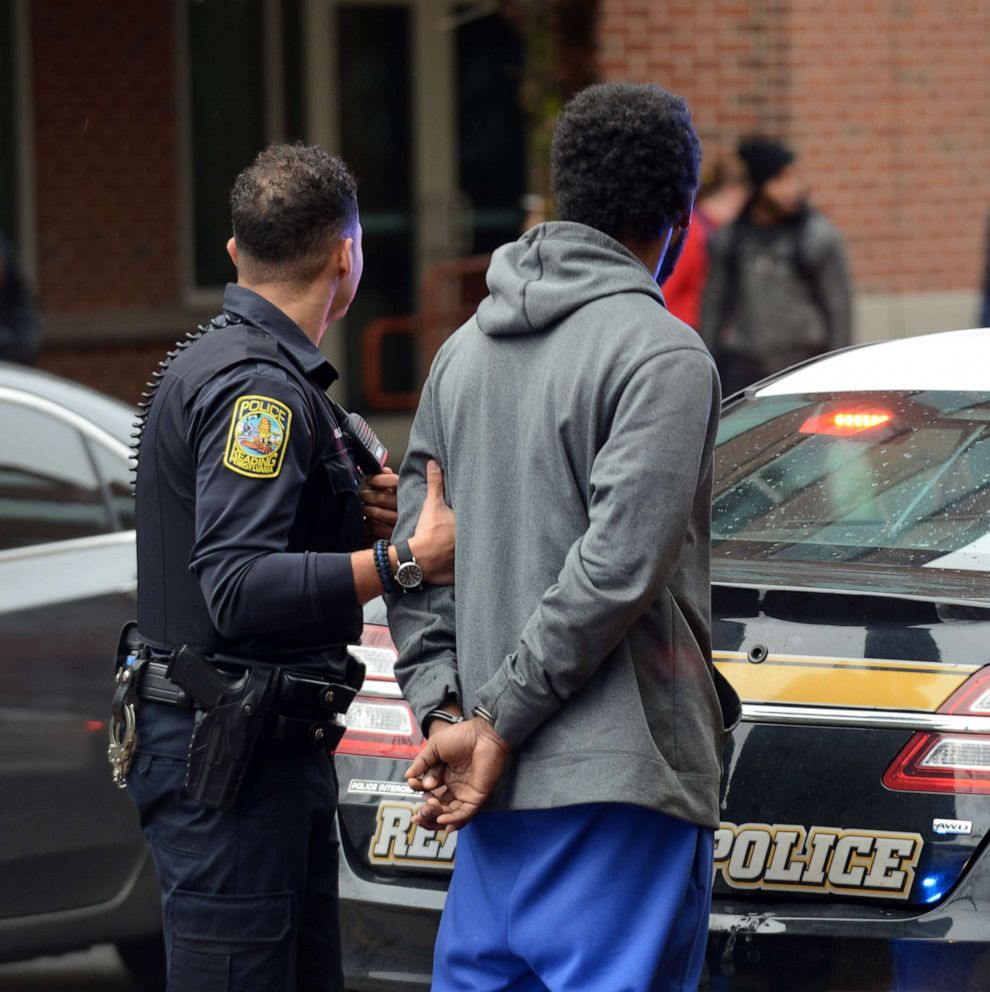
Most fatal incidents in 2020 began with police responding to suspected non-violent offenses or cases where no crime was reported, Mapping Police Violence, a group that collects data on police killings nationwide, reports.
"A police officer, making a stop of a motorist, really just does not know what he or she is walking into," said Jacinta M. Gau, a criminal justice professor at the University of Central Florida.
About 11% of deadly police shootings are related to traffic stops, according to the Washington Post's "Fatal Force" database.
An investigation from NPR found that more than a quarter of fatal shootings against unarmed Black men and women like Wright since 2015 were connected with traffic stops.
Christopher Slobogin, the director of Vanderbilt Law School's criminal justice program, said officers have to take many factors into account when they approach a vehicle. Six officers have been killed during investigative or enforcement efforts this year, meaning they were killed during a drug-related matter, a wanted person investigation or a traffic violation stop in 2021, according to FBI data.
"Police are trained to watch for sudden movements, and to shoot or take other protective steps whenever they see or think they see a gun in someone’s hands," Slobogin said. "If you wait until a gun is pointed at you to shoot, it’ll be too late. Police also become more aggressive when people are not immediately compliant with their commands, which may make some motorists even less compliant, especially when they think the commands are unreasonable."
The Wright case
On April 11, Wright, a 20-year-old Black man, was pulled over for an expired registration tab and an air freshener hanging from his rearview mirror -- which is illegal in Minnesota -- Brooklyn Center police officer Anthony Luckey testified. He was training with Potter on the day of the incident.
After officers discovered that he had an outstanding warrant for a gross misdemeanor weapons charge, officers told Wright he was under arrest, according to police body camera footage. The warrant was for carrying a handgun in a public place without a state permit.
Wright followed orders to get out of the car and the officers attempted to take him into custody. But Wright freed himself and got back into his car, according to the body camera footage. The officers and Wright then appeared to scuffle according to the video, with Wright in the driver's seat and Potter warning Wright that she would "tase" him.
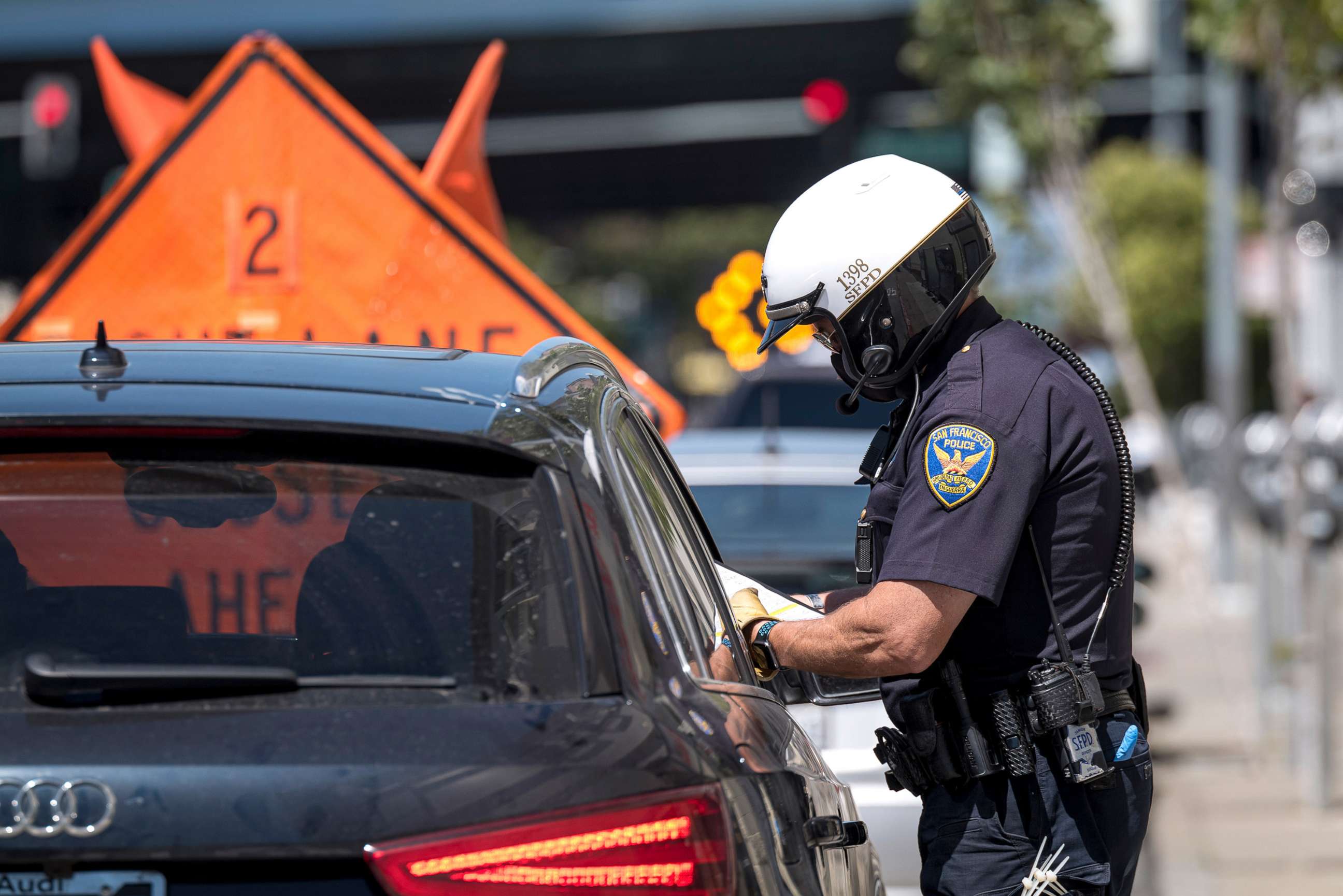
But instead of her stun gun, she had drawn her firearm and shot him once in the chest before he drove off, traveling several blocks before his car crashed into another vehicle, according to then-police chief Tim Gannon.
Prosecutors argue that not only should she have known the difference between her Taser and gun but also she should not have been reaching for her stun gun at all since it's against department policy to "tase" a fleeing suspect.
The defense says Potter made an innocent mistake, but that she was fully within her right to use deadly force because she believed Wright tried to drive away with a fellow officer, Sgt. Mychal Johnson, hanging out of the car. Johnson, who took the stand in the trial, agreed.
Potter was charged with first- and second-degree manslaughter and has pleaded not guilty.
Experts: prejudice can play a role
Many factors can be connected to the escalation of violence during traffic stops, even during initially non-violent violations, according to law enforcement analysts. Bias, fear, and miscommunication can play a role in making a seemingly simple stop turn deadly.
Race has not been explicitly raised in court regarding the Potter case.
Research from the Stanford Open Policing Project shows that some officers use discretion when making traffic stops and can be racially biased. Black drivers were about 20% more likely than white drivers to be stopped by law enforcement across the country, according to the Stanford Open Policing Project.
Slobogin said that the sheer frequency of traffic infractions -- the so-called 'three-block' rule presents the opportunity for discrimination because plenty of drivers make mistakes on the road or with their car.
"Every one of us violates at least one traffic law every three blocks — driving above the speed limit, failing to signal at the proper time, failing to come to a full stop … the list goes on and on," he said."This gives police tremendous discretion to stop who and when they want."
In a ABC News analysis of traffic stops in major U.S. cities, almost every location examined shows at least some disparity in traffic stops based on race.
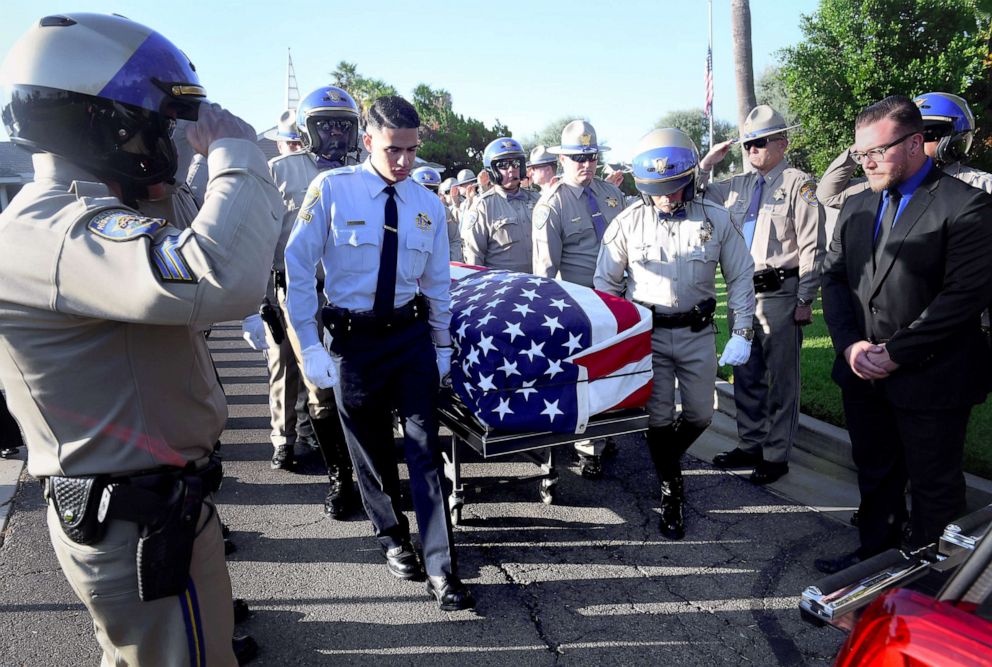
Not only are police officers more likely to stop Black drivers, but there could be a fear of drivers in areas known for high crime, Gau and Rashawn Ray, a senior fellow at the Brookings Institute argue.
Potter's defense team said the area where Wright was stopped has a reputation for crime, arguing in court that it adds to why Potter may have been justified in using deadly force.
In his opening statements, defense attorney Paul Engh told the jury about the potential for danger during a traffic stop, citing an anecdotal estimate by Brooklyn Center officer Anthony Luckey that 40% of people in Brooklyn Center may be carrying guns in their cars.
During Luckey's cross-examination, Engh emphasized that where the stop occurred was a "high crime area for guns... and for drugs."
However, Luckey, who was at the scene when Wright was fatally shot, said in court that Wright had given officers no reason to believe he had a gun, and said he was respectful and did not threaten officers.
Gau, the University of Central Florida professor, argued that crime rates are not "completely objective" because research shows that officers often police areas where they expect crime to be happening, thereby inflating the numbers.
"You only find crime where you're looking for it," Gau said. "And so, if police are continuously targeting these certain areas, or certain groups … that's where they're going to find the crime. And then that turns into the justification for continuously targeting these groups in these areas. So it becomes this self-perpetuating cycle."
Finding a solution
Gau and Ray say preventing any kind of escalation is what's key to keeping these encounters orderly. Think "non-escalation," instead "de-escalation," Gau said.
"The term 'de-escalation' inherently implies the escalation has started to take place," said Gau.
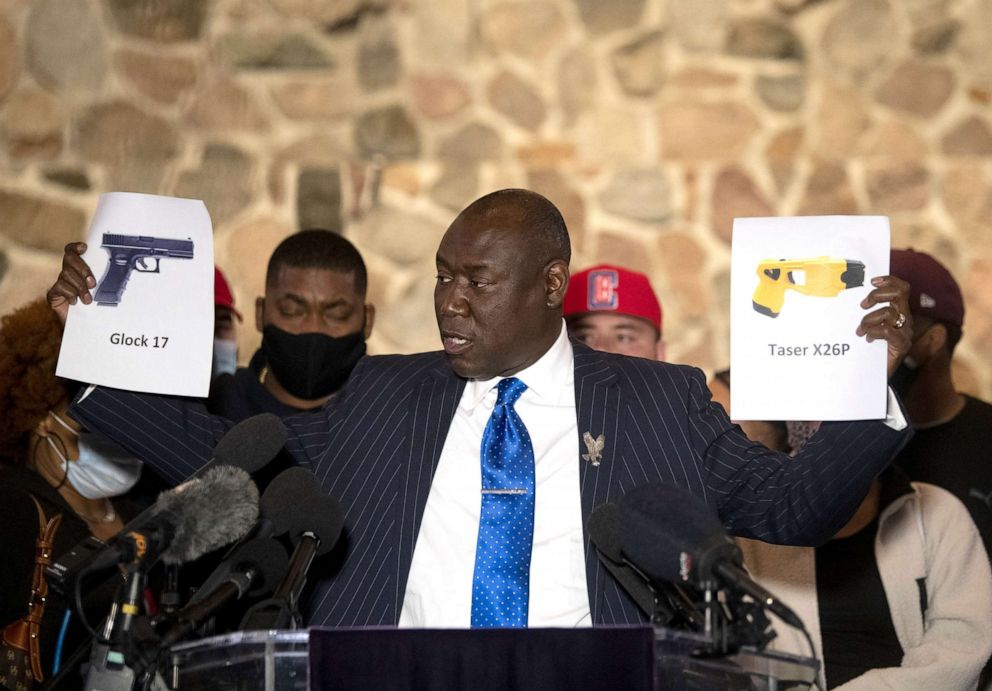
De-escalation training is intended to teach officers how to reduce tension or conflict in any given situation and has proliferated in recent years. However, Gau and Ray say the tension of traffic stops for non-violent offenders can be reduced if officers approach civilians with an open and kind demeanor, even when met with rude or wary drivers.
Even with a misdemeanor warrant, ABC News contributor and law enforcement expert Robert Boyce said officers should "take control of a situation, but enter calmly and firmly. Be as reasonable as possible. Always maintain your control, but it has to be done so in a firm manner. It's a developed skill."
Boyce, a now-retired 35-year veteran of the New York Police Department and former chief of detectives added, "You're not the same person when you're in a high-charged situation."
Once Potter saw the gun warrant, Boyce believes she may have assumed that there was potential for a weapon in the car. He said the use of a stun gun is justifiable for someone resisting arrest -- however, the use of a firearm is not.
"She would not be able to use a firearm in his arrest," said Boyce. "It is not a tool for apprehension."
"[Officers should not be] assuming that somebody is a criminal, even if they are being stopped in a high crime area or some kind of area that has a bad reputation for drugs or other sorts of criminal activity … not treating a motorist with a level of suspicion, not starting the encounter with the assumption that you've just pulled over some high-level criminal offender," Gau said.
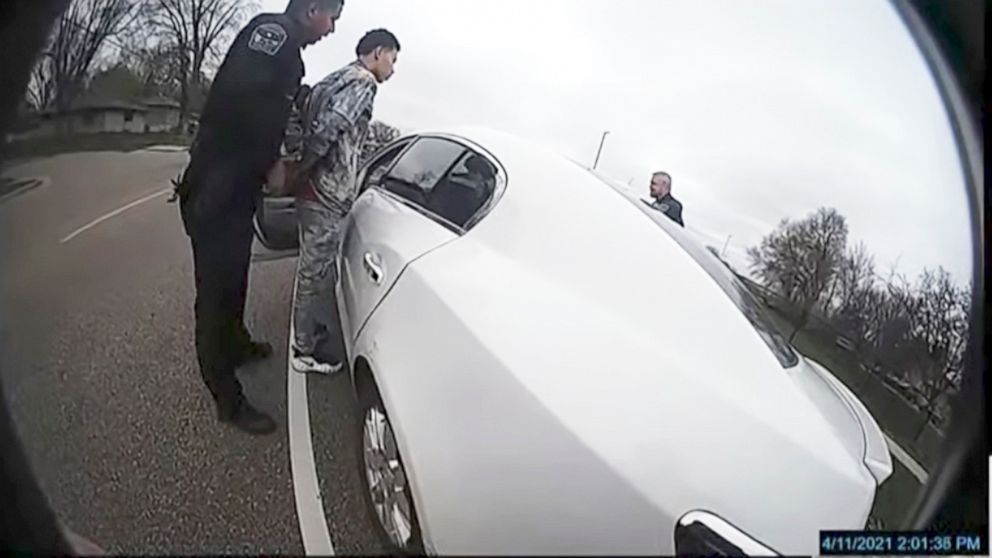
"We interviewed hundreds of police officers, we did many hours of ride-alongs and one of the big things that we noticed is that based on the call for service -- where the location was, the cross streets -- officers will go in already expecting something to happen when the call was for something non-violent," Ray said. "Simply the location will lead to them responding a particular way."
New regulations have been imposed on some local police departments across the country to address this issue, including efforts to end the enforcement of certain minor traffic infractions, use technology to enforce the rules or employ more de-escalation training for officers.
Some places, like Brooklyn Center, where Wright was killed, have proposed that traffic enforcement be handed off to an agency other than the police.
On Dec. 6, the Brooklyn Center city council voted in favor of reducing police funding and shifting funds to support the Public Safety Act -- which will help create the new Department of Community Safety and Violence Prevention.
Under this arrangement, there will be a new team of unarmed, trained medical and mental health professionals and social workers to assist with medical, mental health and disability-related calls, as well as non-violent traffic violations.
"This is a real landmark moment," Brooklyn Center Mayor Mike Elliott, who is also a council member, said in an interview with ABC News at the time. "This is a start, and it is still a big step forward in doing this work."



